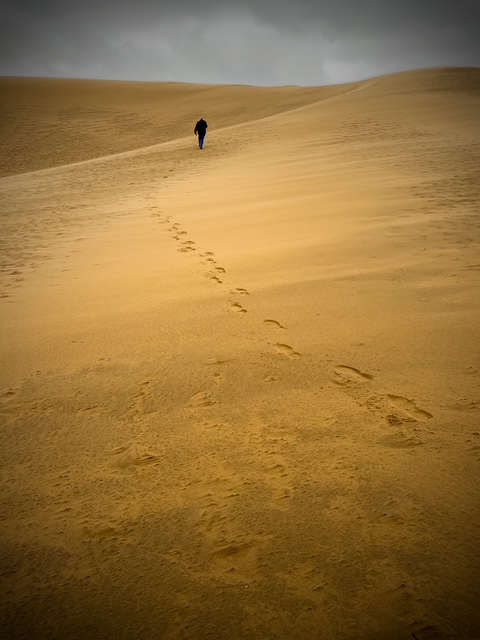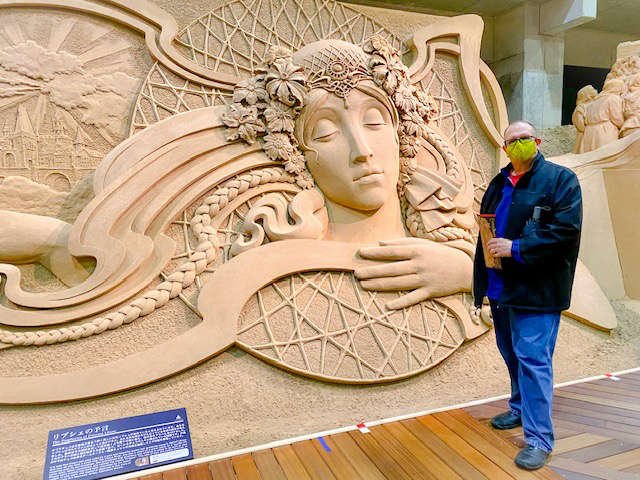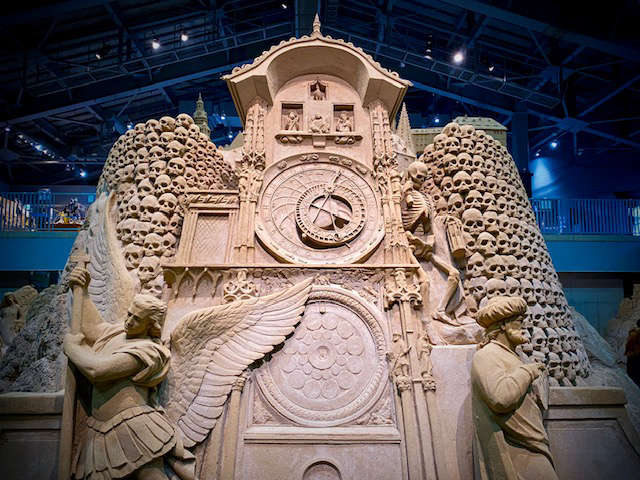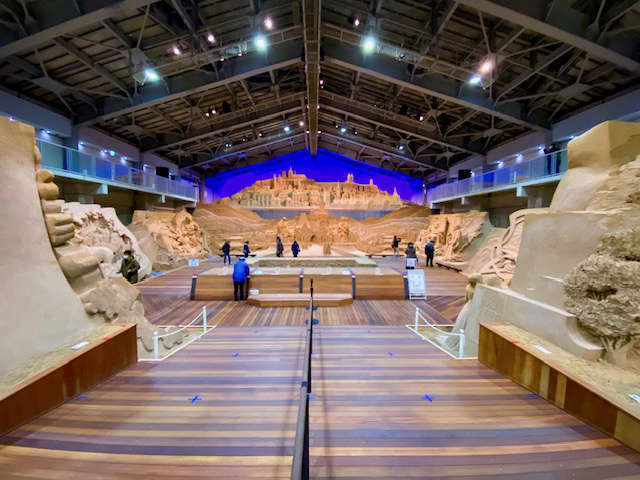
Continuing with my series of introducing interesting places off the beaten path in Japan, this week I am focusing on Tottori Prefecture.
Located on the main Japanese island of Honshu, in the Chugoku region, Tottori borders Shimane Prefecture to the west, Hiroshima Prefecture to the southwest, Okayama Prefecture to the south, and Hyogo Prefecture to the east. It is surrounded by other very interesting and worthwhile places to visit when traveling around Japan.
Probably the most outstanding feature of Tottori Prefecture are the sand dunes located outside of Tottori City. These are why I ventured from Fukuoka in Kyushu to Tottori. It’s not easy to get to by any means, but worth the trip, for sure.
I had heard about them for decades and I had seen breathtaking photos of the dunes, so I figured it would be an interesting place to visit during the pandemic.
Interestingly, the Japanese people I talked to always called them a “desert” (which made me think they would be arid and hot) but they are sand dunes, very similar to the dunes found at Indiana Dunes State Park and National Park on Lake Michigan in northern Indiana.

I read that the actual sand formations were formed when sediment deposits were carried by flowing rivers from the Chugoku Mountains and subsequently washed out into the Sea of Japan. The area is very windy so the sand-like sediments were then partially blown back ashore by the strong winds that are well-known in the area, as well as being redeposited along the coast by the strong ocean currents over thousands of years forming the huge dunes that date back more than 100,000 years.
Unfortunately, there was a concerted government effort after World War II to implement a reforestation program along the coastal area, as well as placing concrete barriers in the sea along the coast, and these have caused the dunes to erode significantly. Today, they are at risk of being lost due to erosion and shrinkage.

This is especially dangerous for Tottori because the area is a popular tourist destination bringing in very badly needed revenue to the prefecture. In fact, Tottori is the least populated prefecture in all of Japan, so having tourism is a very important industry for the local citizens. Measures have been taken in recent years to stop the erosion of the sand dunes, but so much damage has occurred that they will likely never be returned to their former glory completely in the foreseeable future.

As expected, Tottori has a long and colorful history. Archeologists have found traces of a human settlement from the early prehistoric period of Japan, the Jomon Period (roughly 14,000-300 BC). Tottori boasts having the largest Yayoi Period (300 BC-250 AD) settlement in all of Japan, called the Mukibanda Yayoi with remains located in the foothills of Mount Daisen.
In 645 A.D., present-day Tottori was divided into two provinces called Houki and Inaba. Fast forward to modern times, the two provinces were combined into Tottori Prefecture during the Meiji Restoration in 1868, with the exact boundaries of the prefecture being established in 1888.

In the 20th century, Japan occupied both Korea and Taiwan and the puppet state of Manchukuo was formed in 1932; Tottori’s harbors played an important role as transit points for goods between Japan and the colonial possessions and territories. However, a huge 7.2 magnitude earthquake hit the region in 1943, destroying nearly 80% of Tottori City and the surrounding area.
After World War II, land reform enabled the area to reestablish itself as an agricultural hub which increased agricultural products like nashi pears, nagaimo yams, Japanese scallions or negi (a type of onion) and watermelons. Rice is also a huge agricultural product of Tottori.
The jewel in Tottori’s crown, however, is the dune system that comprises around 14% of the total land area of Tottori Prefecture. Camels are available for tourists to ride to give visitors a simulated, if not fleeting feeling, of being Lawrence of Arabia.

The dunes do have other activities, like paragliding, sandboarding, and the vistas are absolutely spectacular. When I visited the dunes, I also toured the Sand Museum which is unique in that it displays huge sand sculptures in an exhibition area. Sand sculptors from around the world come to Tottori to create magnificent sand displays. These are recreated yearly and are on display from April until early January (photos above).
It is very relaxing to walk the dunes and just take in their magnificence. Unfortunately, the day I walked the dunes, it was cloudy and threatened rain. Since it is on the coast, the wind was quite strong and I was pelted with a sandblaster of sand during my trek.
A word of warning, you will get sand in every crease, nook, and cranny, so dress appropriately!
It was wintertime so the air was quite frigid and cold, as well. I am sure in the warmer months, it would be a much different experience.






